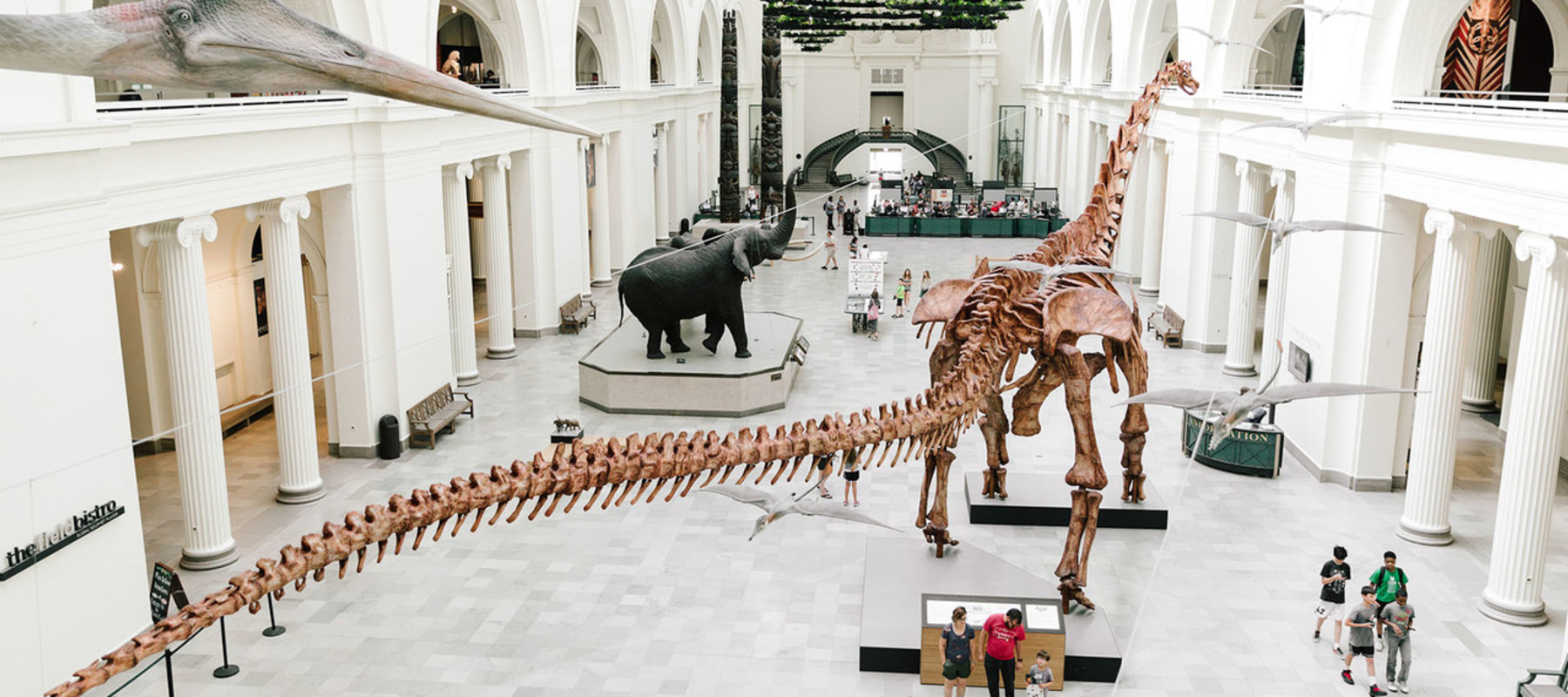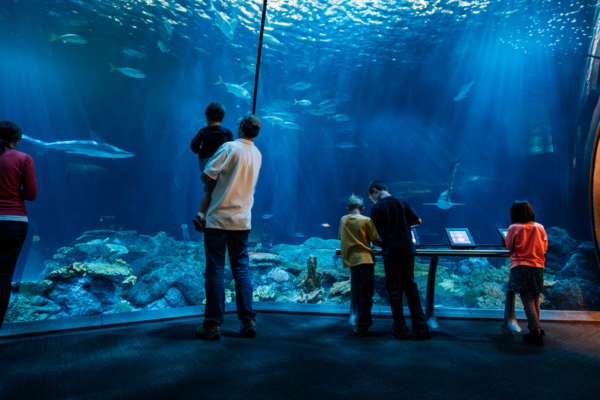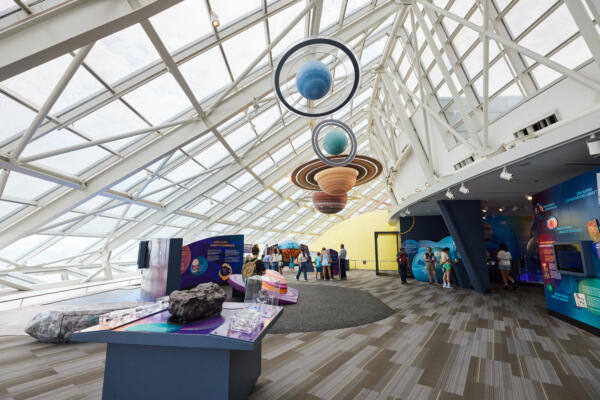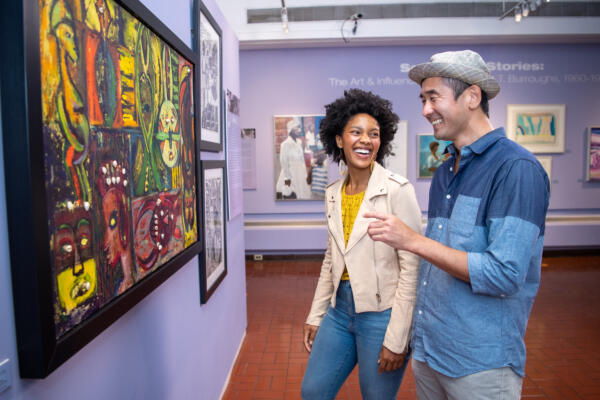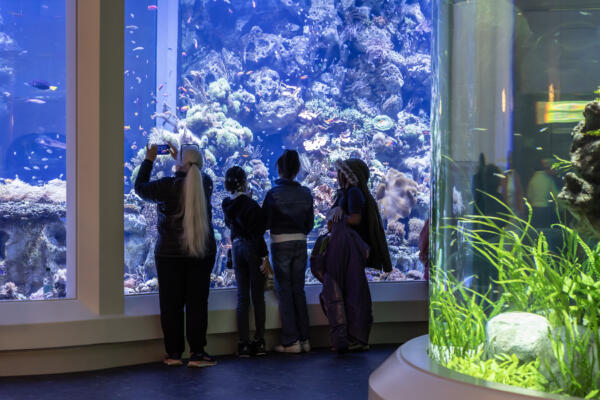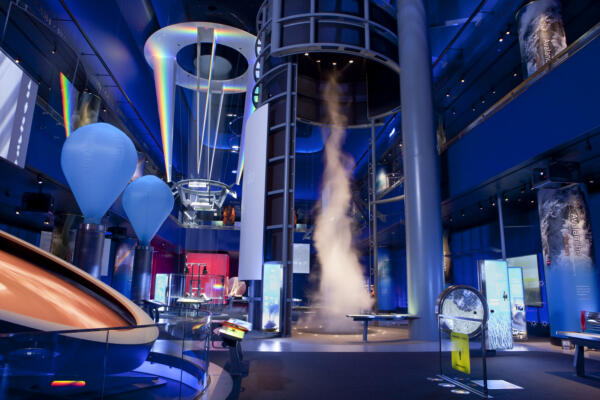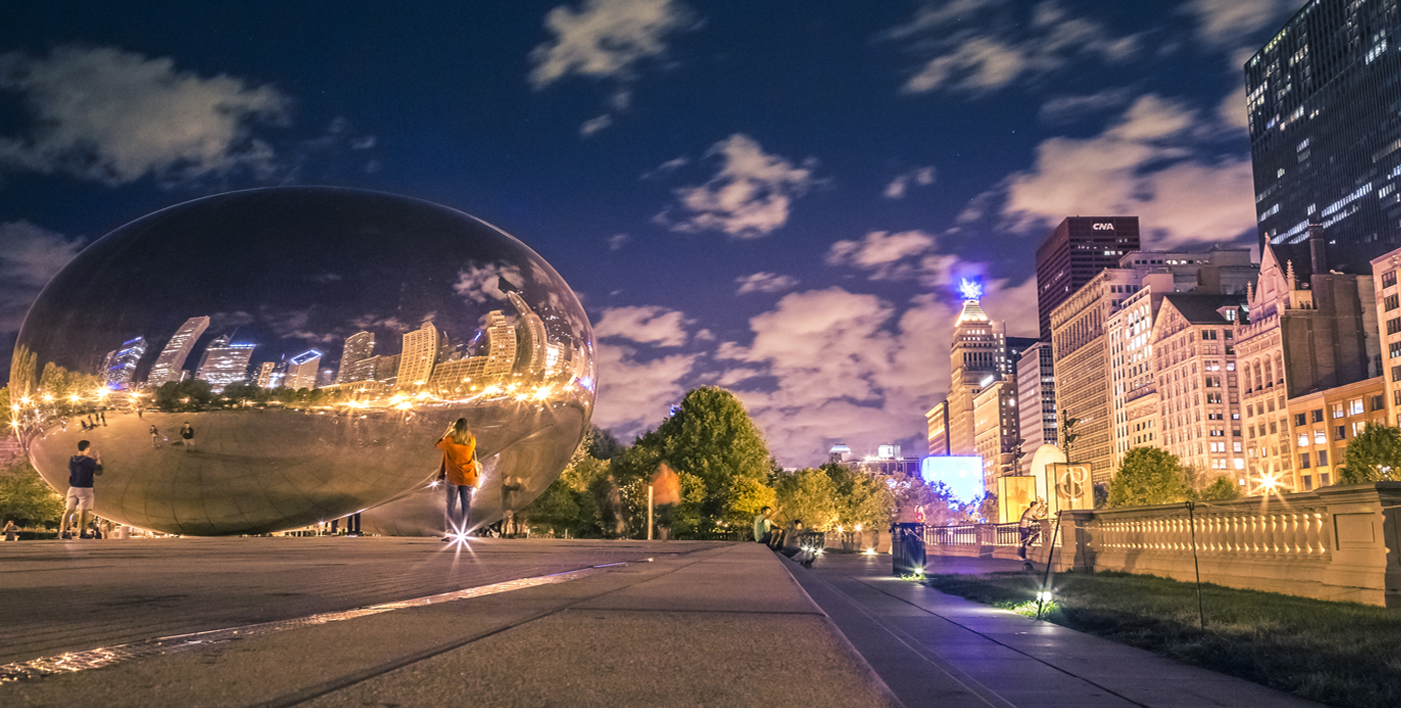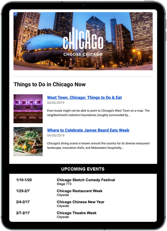The Field Museum is one of the world’s great natural history museums. This revered Chicago institution explores everything from ancient cultures to the latest scientific discoveries, drawing from an astounding collection of more than 40 million objects. Museum visitors can step inside an ancient Egyptian tomb, meet the planet’s largest creature, get eye-level with insects, admire priceless gems, and much more.
Here’s everything you need to know before visiting the Field Museum on the renowned Chicago Museum Campus.
The Field Museum in Chicago
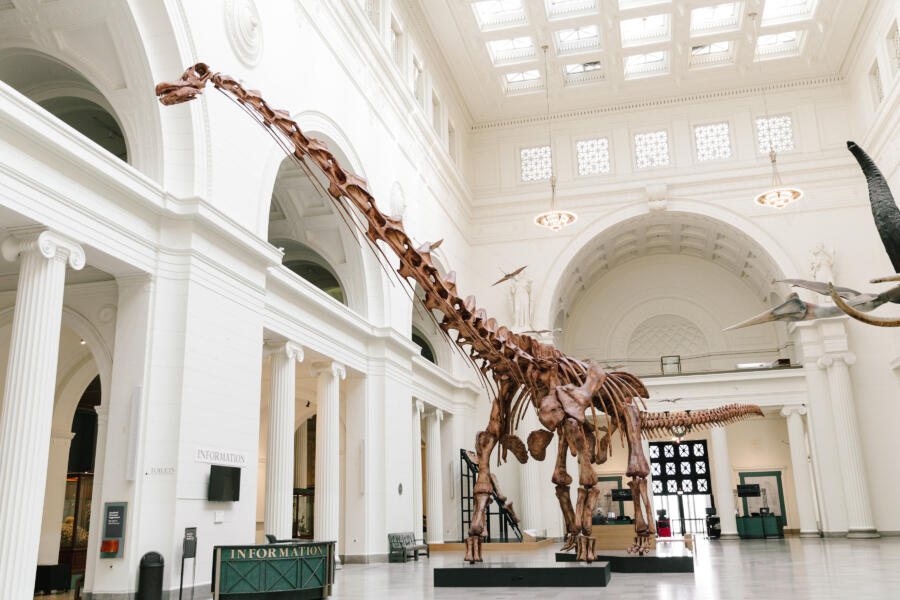
About the Field Museum
The Field Museum was originally intended as a place to display the collection of rare artifacts that was assembled for the 1893 World’s Fair in Chicago. The plan became a reality in large part due to Marshall Field, a local entrepreneur known for his iconic department store, who was a strong advocate for Chicago’s blossoming cultural scene. The museum opened in 1894 and was named for Field and his significant contributions.
Today, the Field Museum’s astonishing collection includes Egyptian mummies, the man-eating lions of Tsavo, wooly mammoths, Tiffany & Co. gem, and more. Wide-ranging exhibits explore more than 4.6 billion years of natural history, from ancient Egypt to Qing Dynasty China to the prehistoric era and beyond. When you enter the museum, you’ll be greeted by one of its most famous residents — Máximo the Titanosaur, the largest dinosaur to ever walk the earth. In the Evolving Planet gallery, guests can visit SUE, the most complete T.rex ever discovered.
The museum’s expert staff is dedicated to research and conservation across the fields of anthropology, botany, geology, and zoology. The Field Museum is located in Chicago’s downtown South Loop neighborhood on the lakefront Chicago Museum Campus, which also includes the Shedd Aquarium and the Adler Planetarium.
Field Museum permanent exhibits
Cyrus Tang Hall of China: The 350 objects on display across five galleries represent centuries of Chinese culture, including pottery, jades, bronzes, burial objects, ceramics, Buddhist sculptures, rubbings, textiles, and paintings.
Inside Ancient Egypt: This popular exhibit takes you deep inside an ancient Egyptian burial chamber, where you’ll come face-to-face with 23 human mummies and 30 animal mummies. It also features floor-to-ceiling hieroglyphs and a 4,000-year-old royal boat.
Evolving Planet: Meet SUE, the largest and most complete T.rex fossil ever discovered, along with more than a dozen of the biggest creatures in world history. The exhibit starts with single-cell organisms and explores the creatures that have roamed the earth right up to our human ancestors.
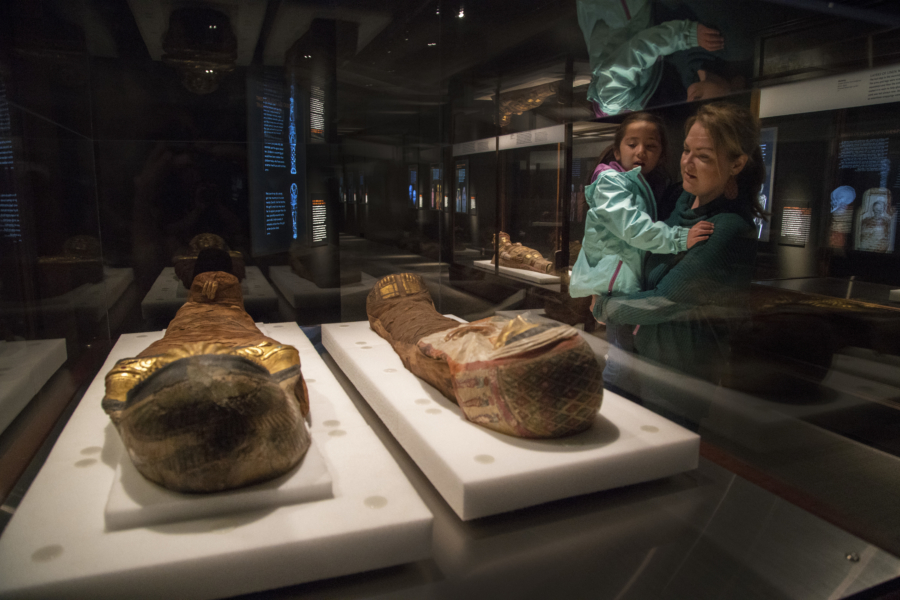
Regenstein Halls of the Pacific: The thousands of islands in the Pacific Ocean are home to a wealth of cultural diversity. This exhibit delves into the myriad languages, histories, and geographies of New Zealand, Hawaii, the Philippines, and beyond/
Underground Adventure: Shrink to less than an inch tall to see and feel what it’s like to be a bug. Meet a bunch of creepy creatures that live in the dirt, and learn why they’re so important to our ecosystem.
Native Truths: Our Voices, Our Stories: Hear from Native American and Indigenous people as they share their own words, music, dance, and art through artifacts like traditional regalia, pottery, quillwork, and more.
Grainger Hall of Gems: Gaze at some of the rarest gemstones in the world throughout this priceless collection. Don’t miss the eye-popping 97-carat topaz, Tiffany & Co.’s stunning Sun God Opal, and the ancient Egyptian garnet necklace that’s more than 3,400 years old.
3D Theater: Watch the Field Museums’s exhibitions come to life in this cutting-edge 3D movie theater, showing a rotating assortment of movies for all-access ticket holders.
Abbot Hall of Conservation’s Restoring Earth: Follow museum scientists as they study the diversity of life and team up to protect living treasures from Chicago, South America, the Pacific coral reefs, and beyond.
Crown Family PlayLab: Made for little explorers, this immersive kid-friendly environment has themed play areas bursting with artifacts and specimens. Dig up dinosaur bones, grind corn in a Pueblo, or try instruments from around the world.
Field Museum tickets and free admission days
You can purchase tickets for the Field Museum online in advance or in person as the museum. Admission options include:
- Basic admission: Includes general admission exhibitions
- All-access pass: Includes basic admission, plus access to ticketed exhibitions
Ticket prices are lower for children ages 3 – 11 and students. Children under 3 years old can receive free admission.
The Field Museum offers free admission for Illinois resident on select dates throughout the year. Check their free museum day schedule for more information.
The museum also offers free basic admission to active-duty military personnel, veterans, and Illinois teachers. Discounted admission is available for Chicago residents and families with a valid EBT (Link) or WIC card from any state.
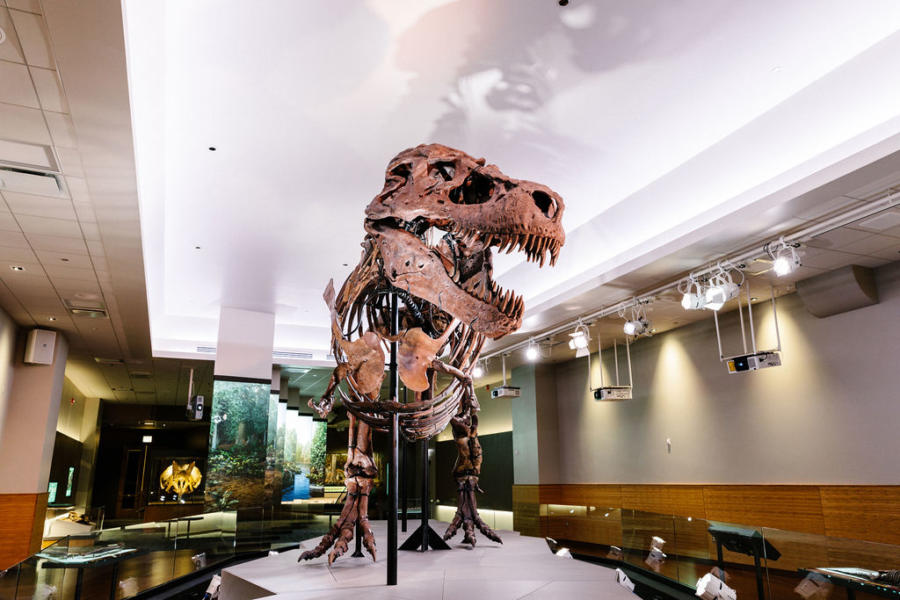
Getting to the Field Museum
The Field Museum is located at 1400 S. Dusable Lake Shore Drive on Chicago’s waterfront Museum Campus. The museum is just south of Grant Park and north of Solider Field. The Shedd Aquarium and Adler Planetarium are within walking distance.
- By car: Visitors driving to the Field Museum can pay to park at nearby parking lots. Keep in mind that events at Soldier Field and Huntington Bank Pavilion can affect traffic, parking availability, and rates.
- By bike: The Field Museum is accessible via Chicago’s paved Lakefront Trail. Public bike racks are available at the East and West entrances, as well as on the northeast and northwest terraces.
- By CTA train: The closest Chicago Transit Authority train stop to the Field Museum is Roosevelt, serviced by the Red, Orange, and Green lines. Riders can hop on the 146 bus for a convenient ride straight to the museum campus from the Roosevelt station.
- By Metra train: The regional Metra Electric District line stops at the Museum Campus/11th Street station.
- By bus: The 146 (Inner Drive/Michigan Express/Museum Campus) and 130 (Museum Campus, only mid-May through Labor Day) both stop at the Museum Campus.
Learn more about getting to the Field Museum.
Accessibility at the Field Museum
The Field Museum offers a variety of resources and amenities to help remove barriers and make programs, exhibitions, and facilities accessible to all. This includes wheelchair rentals, accessible restrooms, auditory and tactile guides, sensory bags, free admissions for paid personal care assistants, and more. Learn more about accessibility at the Field Museum.




